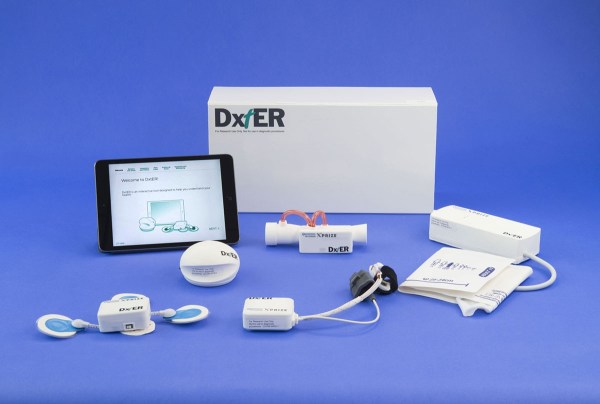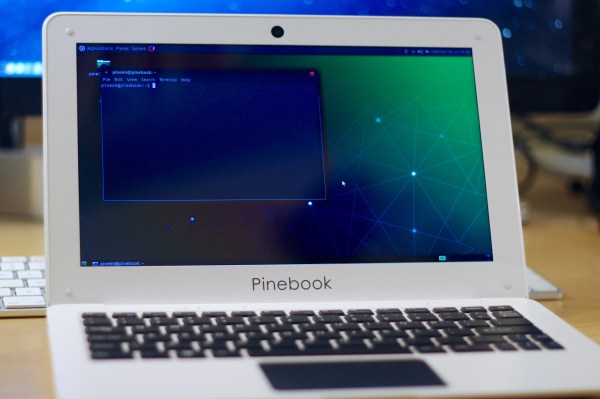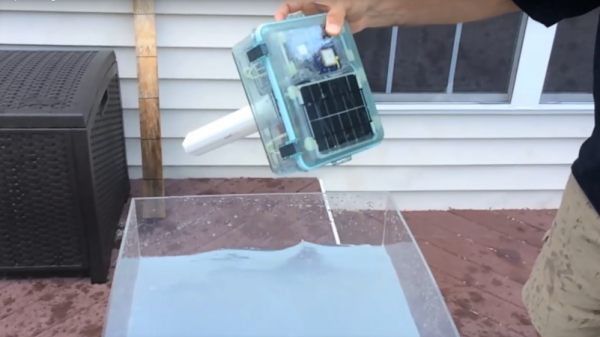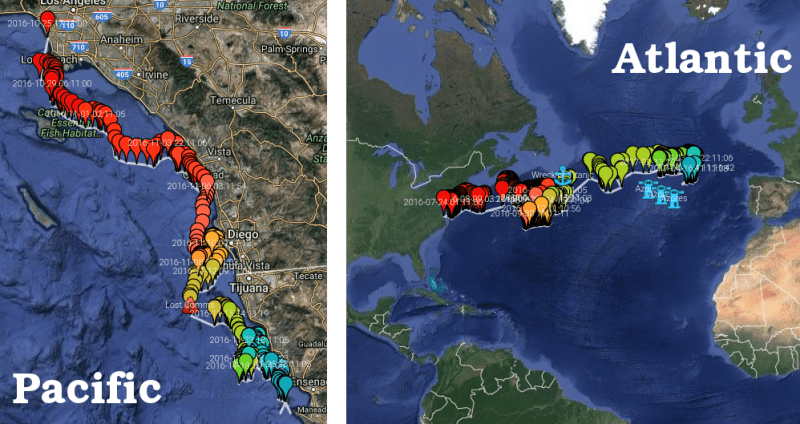Machine learning and automated technologies are poised to disrupt employment in many industries — looking at you autonomous vehicles — and medicine is not immune to this encroachment. The Qualcomm Tricorder competition run by the X-Prize foundation has just wrapped, naming [Final Frontier Medical Devices]’s DxtER the closest thing available to Star Trek’s illustrious medical tricorder which is an oft referenced benchmark for diagnostic automation.
The competition’s objective was for teams to develop a handheld, non-invasive device that could diagnose 12 diseases and an all-clear result in 24 hours or less without any assistance. [Dynamical Biomarkers Group] took second place prize worth $1 million, with [Final Frontier Medical devices] — a company run by two brothers and mostly financed by themselves and their siblings — snagging the top prize of $2.5 million. DxtER comes equipped with a suite of sensors to monitor your vitals and body chemistry, and is actually able to diagnose 34 conditions well in advance of the time limit by monitoring vital signs and comparing them to a wealth of medical databases and encyclopediae. The future, as they say, is now.















